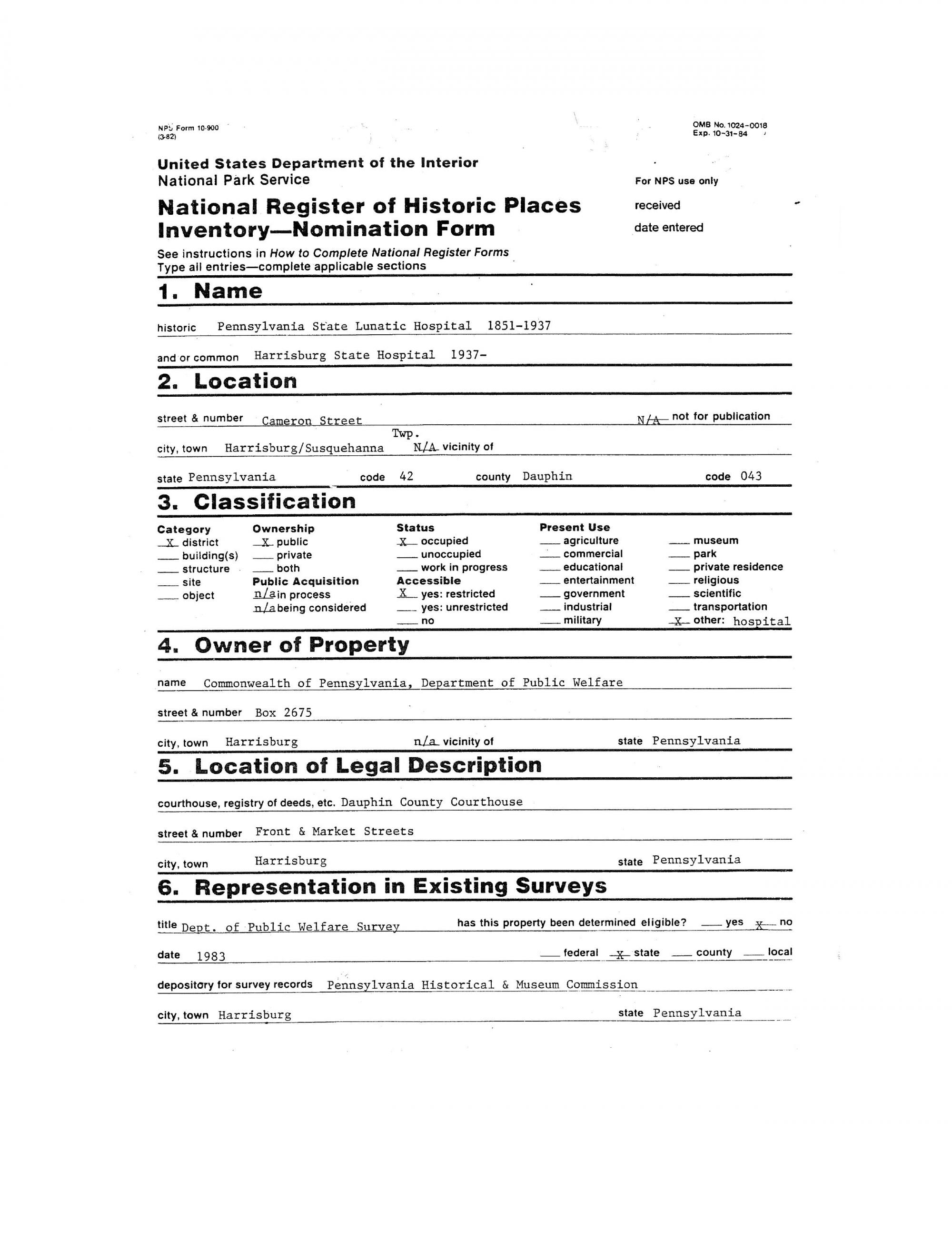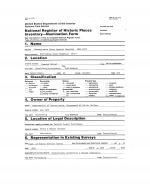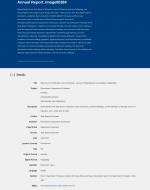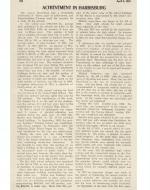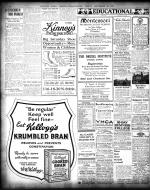Created by Desiree Denson on Thu, 06/08/2023 - 17:56
Description:
In this exhibit, we explore the history regarding Harrisburg’s past regarding special needs children and how teachers and schools have been able to assist families in observing signs of a disability as well as connecting them to the appropriate resources. Harrisburg was originally a pioneer regarding their approach to providing quality education. Their first school for special needs was opened in 1910 and growth continued with a second school being built the following year. In addition to the schools, Harrisburg State Hospital, the first hospital in the state for the ill and disabled and one of the first in the United States, played a large part in the evaluation of the signs and symptoms of different mental and physical disabilities that affect children’s learning. Although the Harrisburg State Hospital was helpful in treatment for some families, there were times when children were not treated well because of their special needs and often kept locked away from the world. While many teachers can identify possible signs of disabilities in children that might not be immediately visible, there is a need for collaborative effort between schools and families to ensure children receive the help they need as well as their families, to ensure these families are not missing out on invaluable resources allocated for these purposes.
1. National Register of Historic Places, 1983. In this form, details are given regarding the creation of the original Harrisburg State Lunatic Hospital in 1851. Built initially on a secluded hilltop of around 130 acres, Harrisburg State Hospital continued to expand bringing the campus to over 1000 acres. The original belief was this campus like setting and isolation would allow for the best possible treatment for those deemed insane.
2. Letter from Department of Health, 1934. In this letter, then-Secretary of Health writes to the superintendent of the Department of Public Instruction regarding referral of additional staff at the Crippled Children School of Elizabethtown. The referral is acknowledged, and concerns of lack of funding to provide salary for the additional teacher. Request is made for Department of Public Instruction to provide the salary for the remainder of the fiscal term with the intention of updating the budget for the next term.
3. Journal from Journal of Education, 1916. In this journal achievements regarding Harrisburg’s education achievements from 1899 to the day this journal was written. Harrisburg was then a leader in the PA education system, adding several new schools as well as schools for job training, as well as maintaining above average salaries and investing in the care of ill and incapacitated former teachers. In Fall of 1910, Harrisburg opened its first school for mentally deficient pupils and a second location and opened a second location the following year. At this time schools were invested in ensuring families and children had the services they needed such as providing dental exams at school and placing priority on communication between teachers and parents.
4. Ads from Evening New Ledger newspaper, 1916. Multiple ads can be seen for schools specifically designed to train teachers. In addition to this training programs, ads can also be seen showing school options for families to send their children beyond the basic public school system. Many schools can be seen stating their facilities are only for normal children. On the other side, no schools are shown specifically for children with special needs with the only ad giving an educational advising service to help find the right school for specific needs of the child, including mental impairment.

